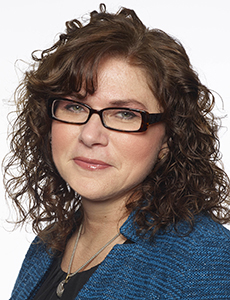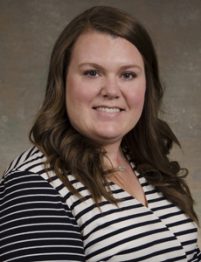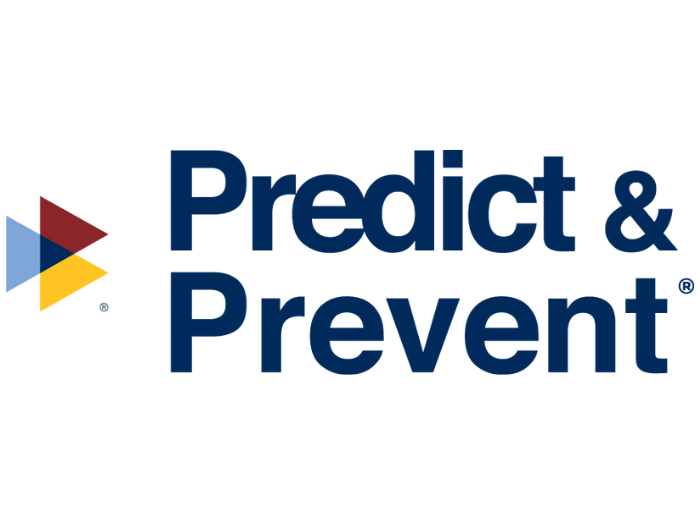Insurance Underwriters Miss Face-to-Face Meetings. But Not for the Reasons You’d Think

For many companies, being able to tell their insurance and risk management story to carriers during in-person meetings has been key to the process of gaining coverage.
Insureds get to share everything from risk management strategies and loss control efforts to their programs’ history, and underwriters get to decide based on these presentations if a relationship is worth pursuing.
“This is a people business,” said Donna Nadeau, chief underwriting officer for the Americas region at AXA XL. “We work in an industry that thrives on face-to-face meetings and person-to-person contact.”
When COVID-19 struck, the tradition of face-to-face meetings had to be put on hold. Now, underwriters are turning to new strategies, like video meetings and virtual site visits, to make up for a lack of in-person communication while insureds are relying more on data to market their risk management strategies and help secure coverage.
Good-Bye Eye Contact, Hello Zoom Fatigue
Overall, not too much has changed about the underwriting process since the pandemic hit. Underwriters were largely able to transition over to virtual means of communication and continue pricing risk remotely.
“I wouldn’t say that there’s actually been a tremendous negative impact,” said Lindsay Grimes, Marsh’s southeast property placement hub leader. “It’s more a loss of some of the relationship building opportunities between clients and underwriters.”

Donna Nadeau, chief underwriting officer, Americas, AXA XL
The biggest loss, as everyone transitioned to virtual meetings, has been the loss of relationship building moments that can happen in between meetings and the ability to read speaker body language during presentations.
“In-person meetings often give you the opportunity to have sidebar conversations where you might learn interesting nuances about the client’s business,” Grimes said.
The inability to conduct in-person is felt most acutely by insureds that are developing new underwriter relationships and those in lines that are facing hardening markets.
In new client relationships, insureds are often meeting underwriters for the first time over Zoom, where it can be more difficult to read their body language and facial cues due to the limited space speakers have for movement and gestures.
“Building new relationships is a bit more difficult virtually,” Nadeau said.
On top of that, speakers may experience Zoom fatigue, a condition where a person becomes mentally-drained from too many or too long of a video call, and thus is less energetic than they may be in-person.
“It’s been a lot more challenging to develop new relationships when it’s virtual. You’re trying to meet people on Zoom, and it can feel cold,” Grimes said.
“Those clients that already had deep rooted underwriting relationships and brokers that already had deep rooted underwriting relationships, I think have seen more success in this market.”
For insureds facing a hard market, the lack of face-to-face communication can also make it challenging to find coverage. Presenting a company’s risk mitigation strategies and telling a compelling story about previous losses can be key to securing coverage in already hardening markets like property and D&O lines.
“In a soft market … you don’t really need the in-person meeting or even a virtual meeting, because everybody’s trying to kind of grab up whatever premiums are available,” Grimes said.
“In a harder market, it becomes more critical for underwriters to get a sense of a client’s risk management and risk mitigation strategies.”
New Technologies Bridge the Gap
The lack of in-person meetings has forced underwriters to get creative as they find new ways to meet with clients and price risk.
“Our underwriting teams have adapted remarkably well to this new, virtual world,” Nadeau said. “Not being able to connect in-person has resulted in the need to be quite creative.”
One solution has been virtual meetings — with cameras on. While imperfect, this gives underwriters a sense of a client’s body language and allows insurers to present information in ways that would be impossible during a “typical” phone call.

Lindsay Grimes, property placement hub leader, Marsh
“The advantage of videos is actually seeing people and seeing their expressions and reading body language,” Nadeau said.
The inability to jettison across the country for client meetings has also been somewhat of an advantage for underwriters and insureds. With travel time cut out, underwriters can work more efficiently and meet with their clients more frequently.
“We actually have more time to spend with clients. We’re not hopping on a plane and spending three hours or four hours or five hours traveling, and so we can take some of that time and then we can dedicate it to having a longer virtual meeting or more virtual meetings,” Nadeau said.
“Underwriters have had almost more contact with clients given the ease with which they can hop on a Zoom call with an existing or prospective client with no travel required,” Grimes added.
They’re also coming up with ways to assess risk and conduct site visits virtually, something that is especially important for lines like property, where seeing the structure can give underwriters an idea of what types of dangers it may face from natural disasters.
At AXA XL, Nadeau noted that the insurer has created a tool risk engineers use to assess sites and offer clients risk management feedback without an in-person visit. “This is a tool they can use that allows them to have those site visits virtually, and then we can provide feedback to our client so that they continue to manage risk,” she said.
On the insured side, using data to clearly communicate program history and risk management efforts can help underwriters get a better picture of what a company needs from its insurance policies.
“Data is more critical than ever,” Grimes said.
“Underwriters are being inundated with submissions, and if they get a submission across their desk that has poor data, they’re not even really taking the time to come back to us and ask the client for additional information. They’re just declining it.”
In addition to a clear, robust data picture, insureds should work with their brokers to craft submission documents that give carriers and underwriters a strong sense of the state of the company.
A rigorous submission document, complete with loss history, data and the company’s risk management story, can help give businesses a better shot of securing coverage in this virtual world.
“Put together a more robust submission document that includes a client introductory video and a clear risk mitigation playbook,” Grimes said. “Give an overview of the state of the business to kick off the submission and to give carriers a better sense as to where the business stands. Oftentimes, that’s what they are talking about in-person with that client.”
Post-Pandemic, Will Face-to-Face Meetings Return?
Though virtual solutions have helped underwriters connect with clients and conduct site visits, insureds and insurers alike are eager to get back to face-to-face communication. “When the time comes, we will absolutely get back to in-person meetings,” Nadeau said.
Some clients, Nadeau noted, are even pushing to conduct in-person meetings in states that have eased their coronavirus restrictions. Insureds are already requesting outdoor meetings and lunches with underwriters to discuss coverage options and to present new risk management strategies.
While the industry seems excited to get back to in-person meetings once it’s safe to conduct them, it’s important for both insureds and underwriters to remember the lessons that the pandemic brought, especially when it comes to technology.
“We’ll still use virtual as another tool,” Nadeau said. “It’s a way that we can efficiently connect with people.”
Virtual meetings are yet another tool that underwriters and insureds can benefit from to have quick conversations when a question arises, and strong data will likely become a permanent fixture when insureds present their submission documents. &










